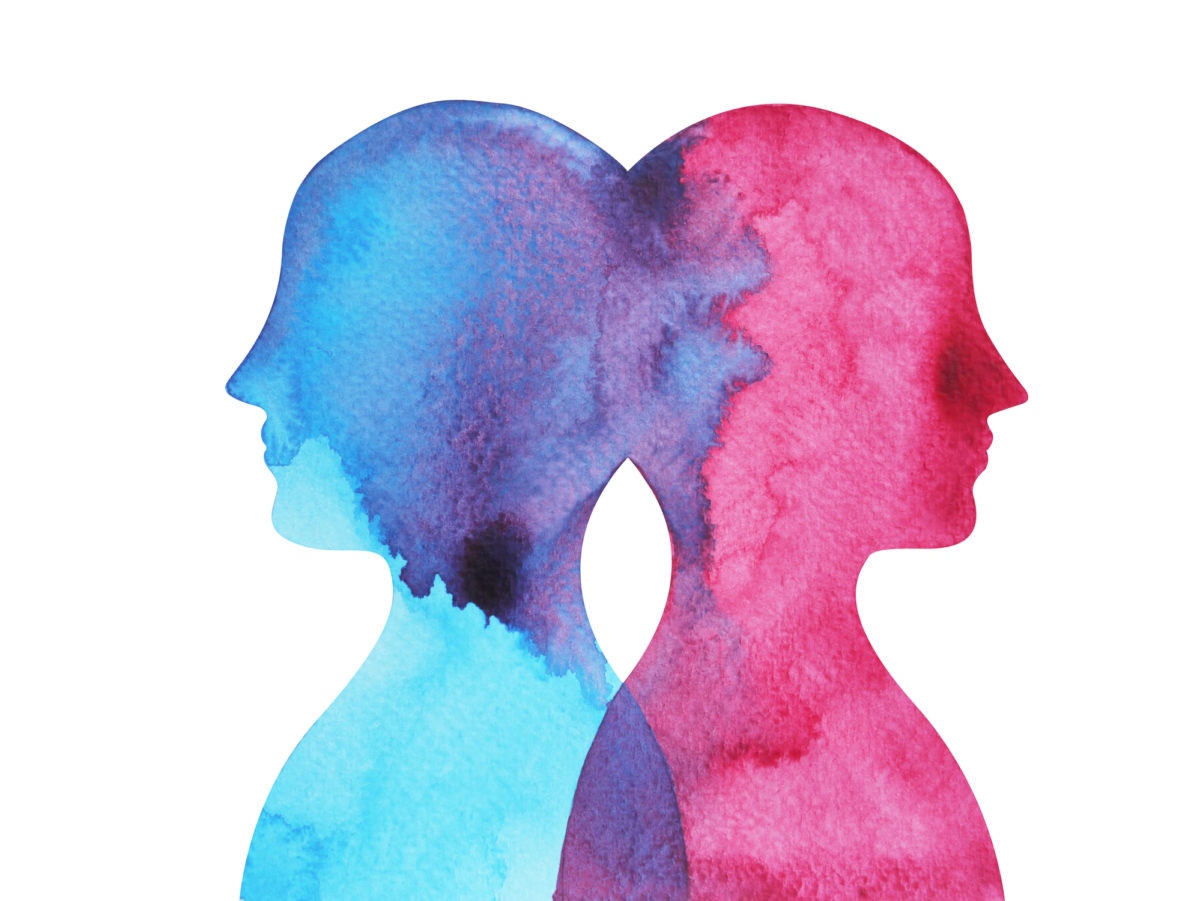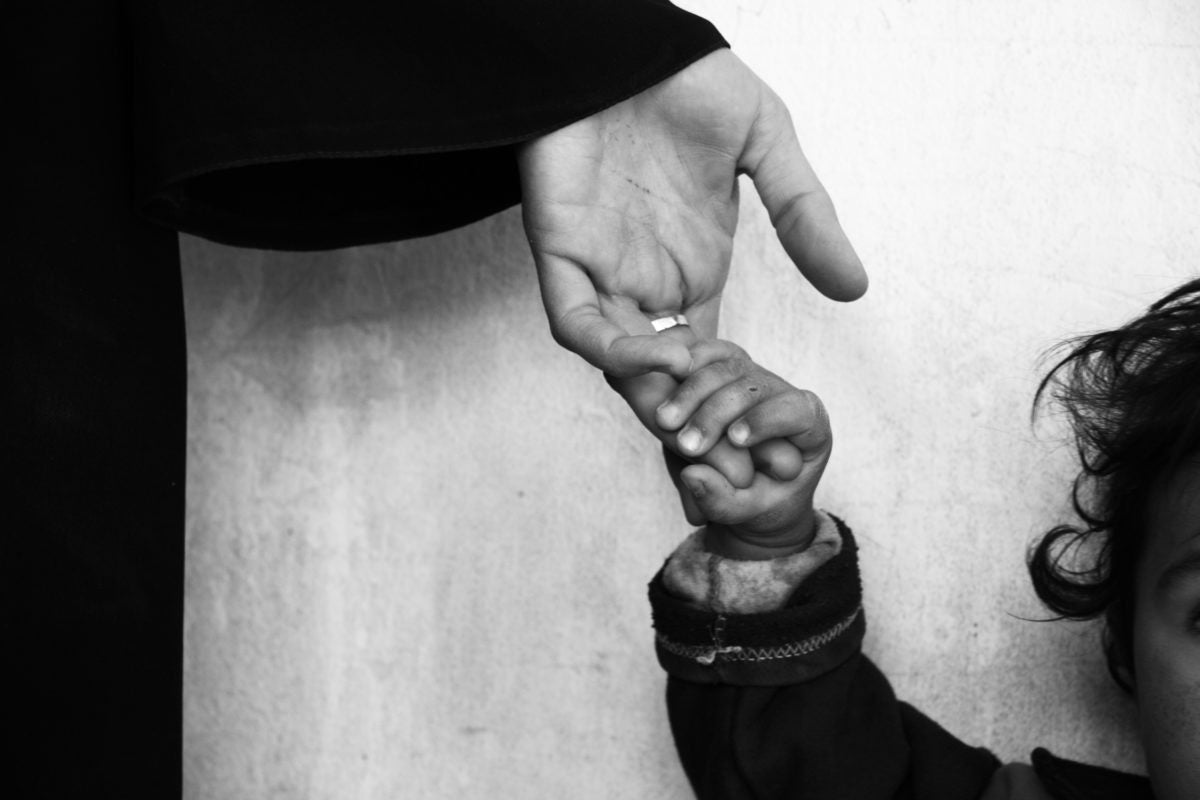He needs to learn to order his own food. This is something that's easy for most, but not easy for him. So, you drive up to a fast food restaurant and roll down his window, and he orders.
The teller does not understand him and asks him to repeat.
You have to prompt him to repeat his order.
She still does not understand, and this time she asks him to repeat himself in an irritated tone.
He repeats.
She still does not understand him, and this time she gets nasty when asking him to repeat himself.
He doesn't understand why she’s treating him badly and why she can't understand him. Your heart drops as you realize what kind of world you're leaving your child to.
The Mona Lisa was known as one of the most timeless, beautiful paintings of all time. Please note I wrote “was.” Many eyes who have seen her consider her beautiful. People have traveled millions of miles to be astounded by her beauty in person. Yet if you show a child of this generation the painting and you tell her she’s beautiful, he would struggle to see her beauty the way Leonardo da Vinci or anyone of that time saw her.
It's debatable that, at the beginning of the discovery of the camera, the world’s perception of people and things changed. In "The Art of Insight" by Eric Kandel, the author outlines how there is wonderment at the beginning of the camera age that gave a more prominent physical definition to the words “normal” and “different.” Prior to the camera, a painter was able to add colors and techniques to not only describe what they saw as the physical beauty of a person, but how their soul permeated through their skin. Painters allowed the world's perspectives to be many different ones, not all the same.
However, perception of the world has been skewed but skewed in unity. Most people today will see my child struggling to order at the drive-through but cannot really see him. Like the Mona Lisa, he is different and misunderstood. Leonardo da Vinci knew the woman he painted in the Mona Lisa wasn't perfect, but his painting attracted millions to see her through different eyes and see beauty in her imperfections. How do I leave my child in a cold world? Do I change my child or change the world?
It's the impending worry, the question we continuously ask ourselves. The question we fear so much we can’t even let the words leave our lips, because once the words hit air, it feels so real: What will happen to my child after I'm gone? Who will protect her? Who will help her? The answer isn't in the evolution of your child. The answer is in the evolution of humanity.
Love is the strength of parental drive that never stops. School therapy. Home therapy. 24/7 therapy. Structured environments. Trying to mold our children to fit into the world. The world watches as a parent tries to communicate with their child, engage their child, assist him in an outside environment, or to try to calm him down. The world watches as a parent feels a heavy burden and, with sadness and stress, the parent tries to force the world's eyes off of their child. The staring creates parental depression about the child’s future, but the child never notices the watchers or the watchers' perception of him.
The best part of our children is the unstructured part of them. Our children realize it's okay to be just how they are, even before we realize that. They were made how they were supposed to be. The lover in them, the comedian in them, the dreamer in them, the smile on their face – if the world can't see that, how will the world turn from cold to warm?
However, people looking is truly a blessing in disguise. As parents, teachers, family, and advocates, we're here to protect our children and teach them, but not to change them. The key to helping our children in the world after we're gone is to help the world understand them and be accepting of who they are. We need to give people the eyes of a mother that sees the beauty in her child, not the disability.
If we change our children and not the world we live in, we will leave our children on an earth where they will struggle. If we help our children become the best version of themselves and soften the world, imagine what their future would look like. As much as awareness for our children, it’s for humanity, because humanity is who we are leaving our children to when we are gone.
Don't hide your children from this world. Every person who looks is an open door for you to change that person. That individual may never see your child again, but they may meet someone with a disability again one day and they will treat that person differently because they met your child.
This world needs the love of your child, more than your child needs the world. As parents, teachers, family, and advocates, we're here to turn photographers into painters. Our children will be better off in a world full of painters, so we must teach the world how to paint. If Leonardo De Vinci can change the perspective of the world, why can’t we? There is always strength in numbers. Every parent is a Leonardo De Vinci.
Keep taking your child through the drive-through until he's understood.



